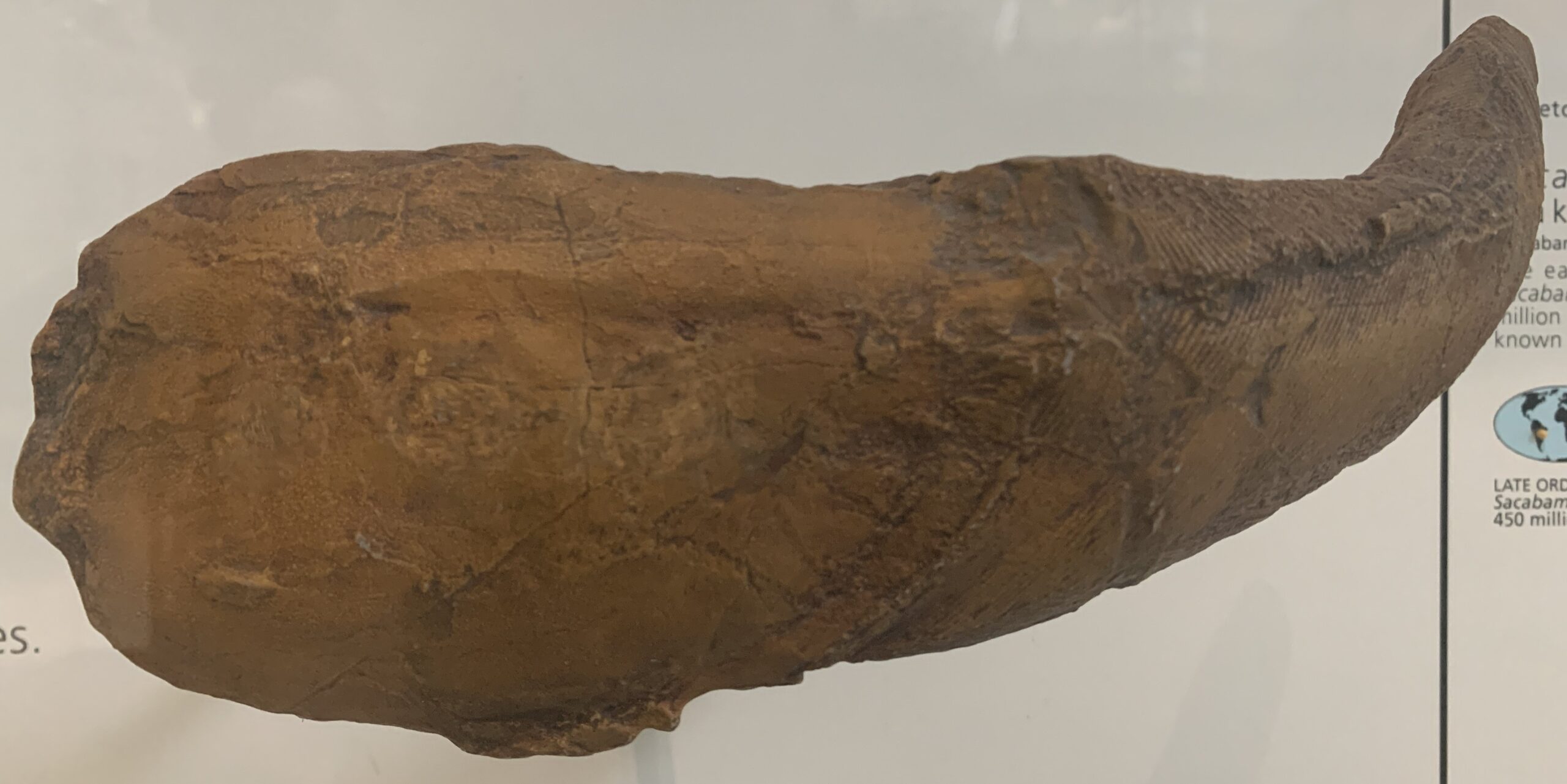“Sacabambaspis, a fascinating prehistoric fish species, unveils a mysterious story of evolution and survival in the ancient oceans. Its unique characteristics and adaptations offer valuable insights into the interconnected web of life. Delve into the depths of history with us as we uncover the secrets of sacabambaspis, shedding light on its significance in the evolutionary timeline. Join us on a journey through time and discover the wonders of this enigmatic creature that once roamed the waters of our planet.”
The Mysterious Sacabambaspis: Exploring an Ancient Fish
Welcome, young explorers, to a fascinating journey through the ancient world of creatures that lived long before humans roamed the Earth. Today, we set our sights on a mysterious fish-like creature known as Sacabambaspis. Join me as we delve into the depths of the past to uncover the secrets of this unique aquatic being.
What is Sacabambaspis?
Sacabambaspis is not your ordinary fish—it is a prehistoric jawless fish that lived in the ancient seas millions of years ago. Its name may sound tricky to pronounce, but once we learn more about this fascinating creature, you’ll see why it’s worth the effort!
Appearance and Characteristics
Imagine a fish-like creature with a long, slender body covered in tough armor-like plates. Sacabambaspis had a distinctive shield-like structure covering its head, which helped protect its soft body parts from predators. Its eyes were small and positioned on the sides of its head, giving it a wide field of vision to watch out for danger.
One of the most intriguing features of Sacabambaspis was its lack of jaws. Instead of teeth, this ancient fish had a unique feeding mechanism that allowed it to filter small organisms from the water, much like how some modern-day whales feed.
Habitat and Lifestyle
During the time when Sacabambaspis roamed the ancient seas, the world looked very different from what we see today. The oceans were teeming with diverse marine life, and this jawless fish played a vital role in the ecosystem. Sacabambaspis was a bottom-dweller, cruising along the seabed in search of food.
Despite its lack of jaws, Sacabambaspis was a clever hunter. It used its specialized feeding appendages to capture tiny prey, showing us that intelligence comes in many forms, even in creatures that lived eons ago.
Discovery and Importance
Scientists have long been fascinated by the discovery of Sacabambaspis fossils. These ancient remains provide valuable clues about the evolution of early fish species and shed light on the diversity of life that existed millions of years ago.
Excavation and Research
Through careful excavation and meticulous research, paleontologists have pieced together the story of Sacabambaspis. By studying the fossilized remains of this ancient fish, scientists have gained insight into its anatomy, behavior, and role in the ecosystem.
Every fossil tells a story, and Sacabambaspis has a tale that stretches back through time, offering us a window into the ancient past.
Importance in Evolution
As one of the earliest jawless fish species, Sacabambaspis holds a special place in the history of vertebrate evolution. It represents a crucial link in the chain of life, showing us how ancient aquatic creatures paved the way for the diverse array of fish we see in today’s oceans.
By understanding the unique adaptations of species like Sacabambaspis, scientists can piece together the puzzle of how life on Earth has evolved and diversified over millions of years.
Our journey into the world of Sacabambaspis has been a thrilling adventure filled with discovery and wonder. As we close this chapter on this ancient fish, remember that the past is full of stories waiting to be uncovered, each one revealing a piece of the rich tapestry of life on Earth.
So, keep exploring, keep learning, and never lose your sense of curiosity. Who knows what other marvels from the past are waiting to be unearthed, just like the enigmatic Sacabambaspis!
Until next time, happy exploring, young paleontologists!
sacabambaspis
Frequently Asked Questions
What is Sacabambaspis and where is it found?
Sacabambaspis is an extinct genus of jawless fish that lived during the Late Ordovician period. Fossils of Sacabambaspis have been found predominantly in South America, particularly in regions such as Bolivia and Peru.
How did Sacabambaspis feed without jaws?
Sacabambaspis, like other jawless fish, had a unique feeding mechanism where it used its specialized mouthparts to scrape algae and other small organisms from surfaces. It relied on suction and a rasping motion to ingest its food.
What is the significance of Sacabambaspis in understanding vertebrate evolution?
Sacabambaspis is important in the study of vertebrate evolution because it represents an early stage in the development of jawless fish. By studying its fossilized remains, scientists can gain insights into the ancestral characteristics of vertebrates and how they eventually evolved into more complex forms.
Final Thoughts
In conclusion, Sacabambaspis stands out as a crucial discovery in paleontology, shedding light on the evolution of early vertebrates. Its unique characteristics challenge previous understandings and inspire further research into the origins of vertebrate life. The study of Sacabambaspis provides valuable insights into the ancient ecosystems and the development of anatomical features that paved the way for modern vertebrates. With ongoing discoveries and advancements in technology, Sacabambaspis continues to play a significant role in our understanding of evolutionary history.

